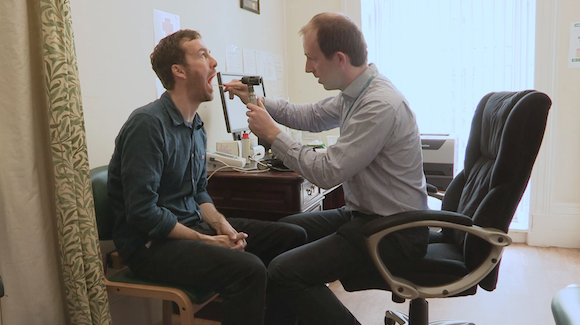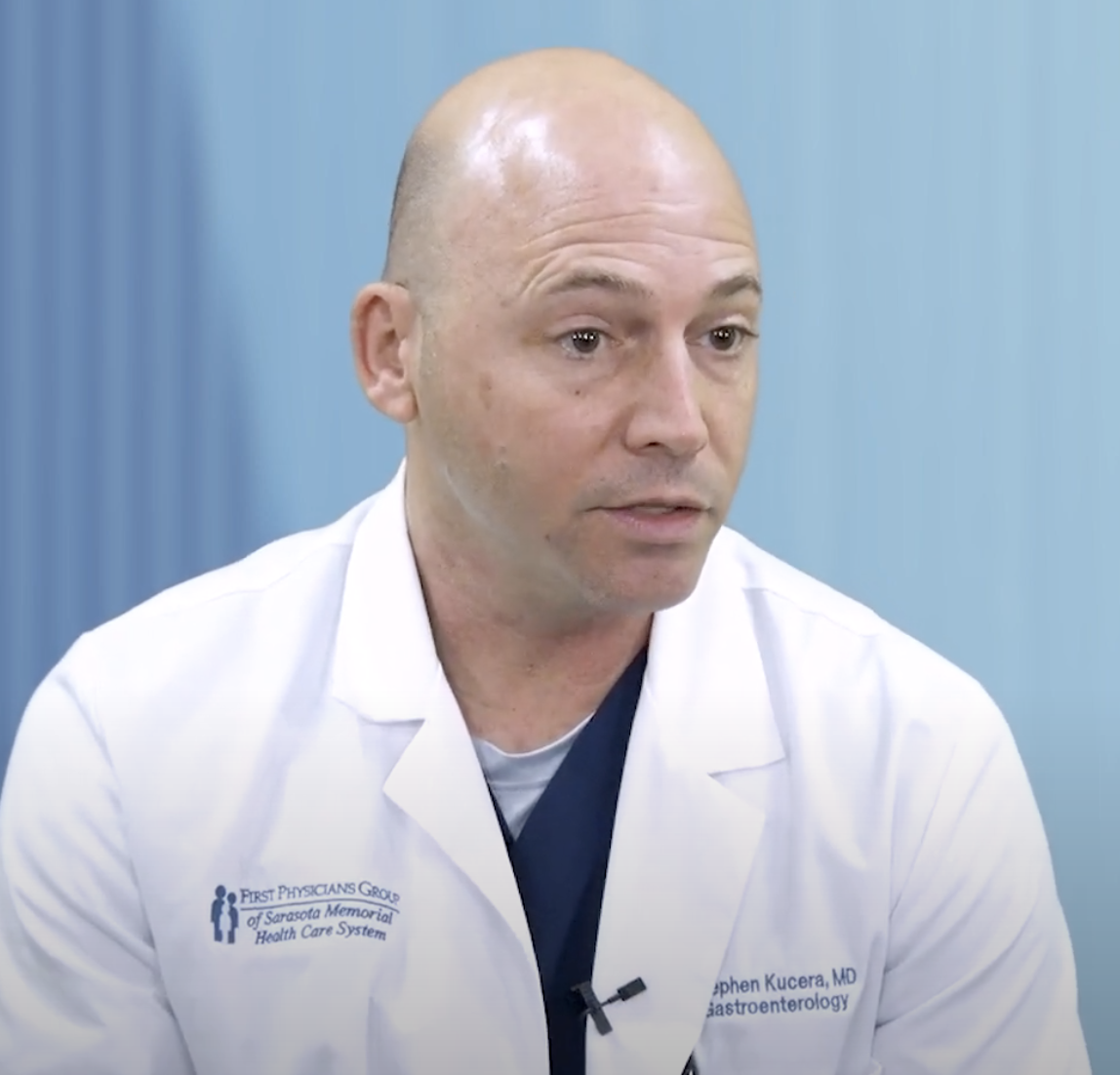The Otolaryngology Channel
NEW YORK (Reuter Health) – Results of a meta-analysis indicate that outcomes related to recovery are equivalent or superior with intracapsular tonsillectomy as compared with total tonsillectomy in children with sleep-disordered breathing, researchers report in the March issue of the Archives of Otolaryngology—Head and Neck Surgery.
Dr. Max M. April, with Weill Cornell Medical College in New York, New York, and colleagues note that these days the main indication for tonsillectomy in children is sleep-disordered breathing. Intracapsular tonsillectomy in this setting has been shown to be as good as total tonsillectomy for relieving obstructive symptoms while possibly reducing postoperative pain and morbidity.
To look into postoperative recovery with the two techniques, the team extracted data from 16 relevant randomized controlled trials on recovery-related outcomes, i.e., scores from pain rating scales, number of days until pain free, days of analgesic use, number of analgesic doses, days until return to normal activity, days until resumption of normal diet, number of post-tonsillectomy bleeding episodes, number of post-surgery throat infections and/or tonsillitis cases requiring antibiotics.
The investigators found that it was not possible to compare pain scores statistically because of the different measuring instruments used. However, the mean time to resolution of pain was 5.0 days with partial tonsillectomy compared to 7.6 days in the total tonsillectomy (TT) (p=0.045).
Differences between most other outcomes were not statistically different although trends generally favored intracapsular tonsillectomy (IT). There was a significant difference in secondary hemorrhage. This occurred in 5 of 699 patients in the intracapsular group compared with 13 of 635 patients in the total tonsillectomy group.
Summing up, Dr. April and colleagues conclude: “In terms of postoperative recovery, IT had significantly faster resolution of pain, and the majority of studies reported earlier return to normal diet, earlier return to normal activity, and less use of analgesics compared with the TT group. In addition, there was no difference in the rate of primary hemorrhage between groups, and for secondary hemorrhage, the IT group had a significantly lower bleeding rate.”
SOURCE:
Arch Otolaryngol Head Neck Surg 2012;138:243-249.









